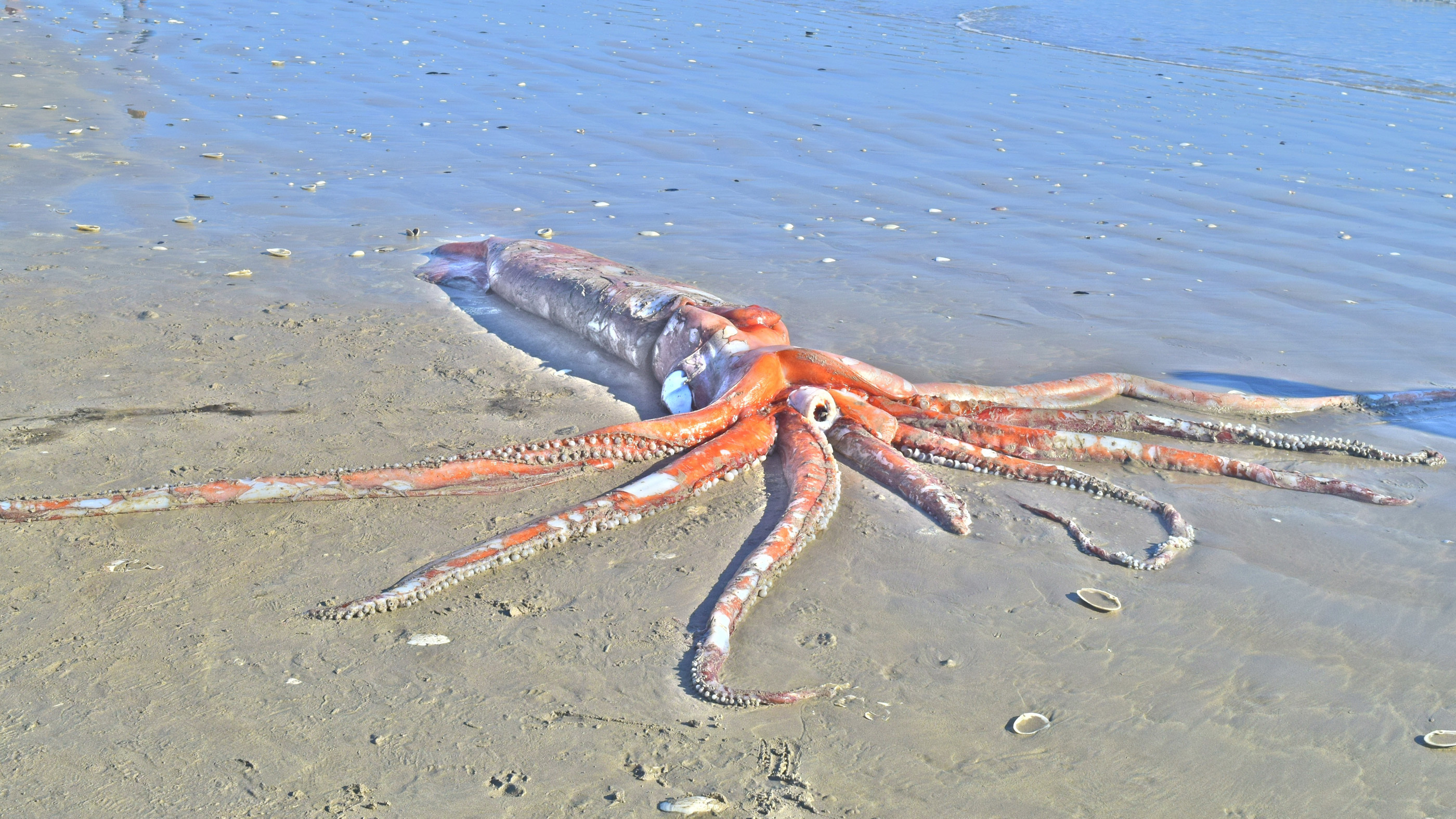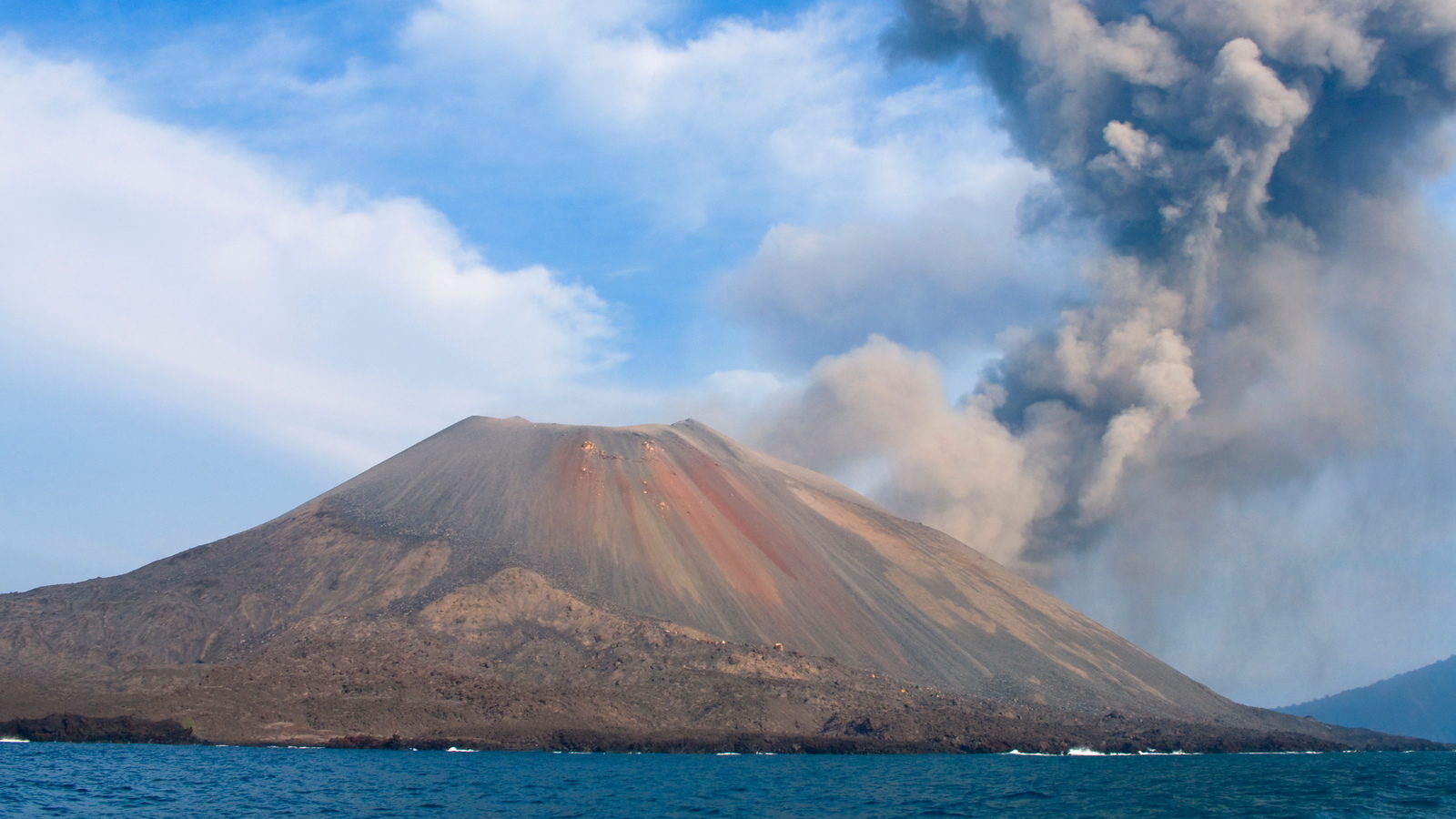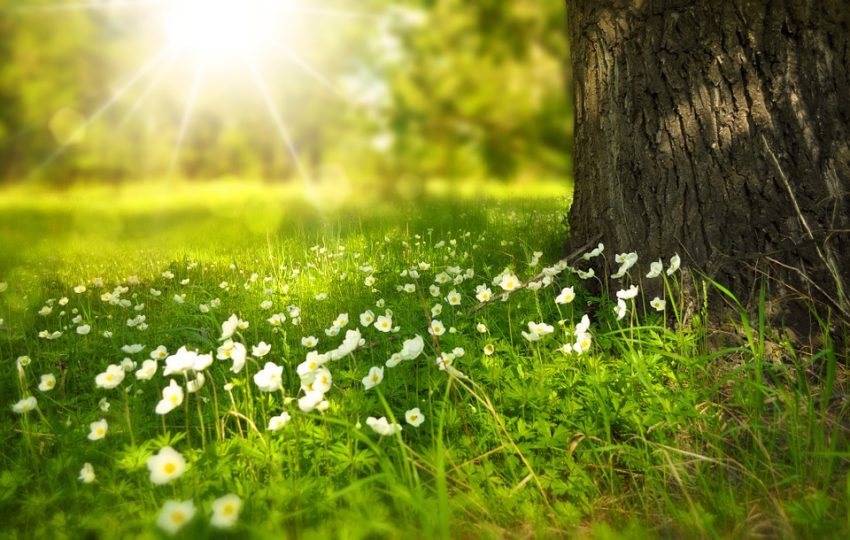Nature leaves us a series of data that surprises us. Whether it concerns the force of gravity or some living things’ physiological needs, it indeed triggers us. Some are known, but others remain hidden, and when they come to light, they do not go unnoticed by anyone. Here are some of such facts about nature that will certainly not leave you indifferent!
1) Camels
Camels can go up to 17 days without water. The resistance of these animals is the highest in the animal fauna. Extreme heat is not an obstacle to the resistance of the camel. This is possible because of the great reserve capacity that the camel has. These animals store large amounts of water in their bodies to withstand the days of high temperatures without the ability to drink water that they face in the desert.

2) Koalas
Do you know which animal sleeps the most? The koala sleeps 22 hours a day, making it the animal that sleeps the most hours a day on average. That’s two hours longer than the sloth sleeps. On the other hand, the giraffe is the animal that sleeps the least hours per day on average. The giraffe sleeps barely two hours a day and often not even consecutively but intermittently.

3) Giant Squid
The giant squid is notable for its size, but its eyes, if anything, are striking about its anatomy. And that is that the giant squid’s eyes at 38 centimeters are the largest on the planet.

4) The Electrical Discharge of Eels
Mainly because of their appearance, eels are animals that humans prefer not to encounter when swimming in the sea or ocean. But apart from that, they can also become dangerous animals for us. Why? Well, because of the electrical discharge of electric eels, which is more than 600 volts. Moreover, being in the water, a great conductor of electricity, they do not need to touch our skin directly to be electrocuted with this voltage.

5) Movements of the Sea
How long does it take for a heavy object to sink in the ocean? Indeed you think that happens immediately? You are mistaken; a heavy thing would take almost an hour to reach the deepest part of the sea. Weight has nothing to do with its ability to sink but instead with the sediments and currents that determine the sea’s movements.

6) Germs and Saliva
A person transfers more germs to you when they shake your hand than when they kiss you. More germs are transmitted when shaking hands because the hands collect more bacteria. The hands are constantly touching things and thus are constantly in contact with germs. On the contrary, when giving a kiss, saliva is transmitted. Saliva is a contraceptive fluid and protects the mouth from bacteria.

7) Krakatoa Volcano
The power of the eruption of the volcano Krakatoa, located in Indonesia, was heard in Australia. The impact of this eruption, which occurred in 1883, was so colossal that it was observed from more than 4,800 km away.

8) Hyperion
In 2006, naturalists Chris Atkins and Michael Tailor discovered the Hyperion in California’s Redwood National Park. According to the scientific community, Hyperion is of the species Sequoia sempervirens with an estimated age of 1,200 years. While this figure may be shocking on a human scale, it is less surprising in the case of sequoias. This type of tree is characterized by its great height (many reach a height of more than 100 meters) and its longevity, as it can reach more than 2,000 years old.
In 2017, the Hyperion reached a height of 116 meters and grew at a rate of nearly 4 centimeters per year. In 2031, the Hyperion is expected to cede the tallest living tree’s title in the world to its partner, Paradox, another sequoia also located in Redwood National Park that grows five times faster.

Do you know any other surprising facts about nature? Share it with us in the comments below!

